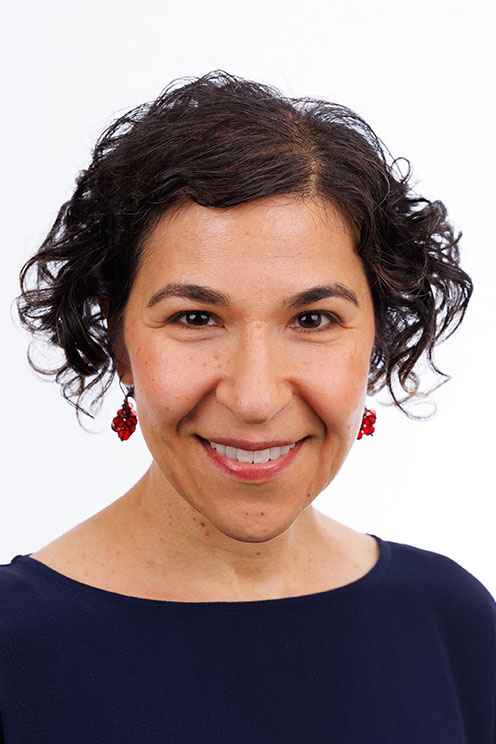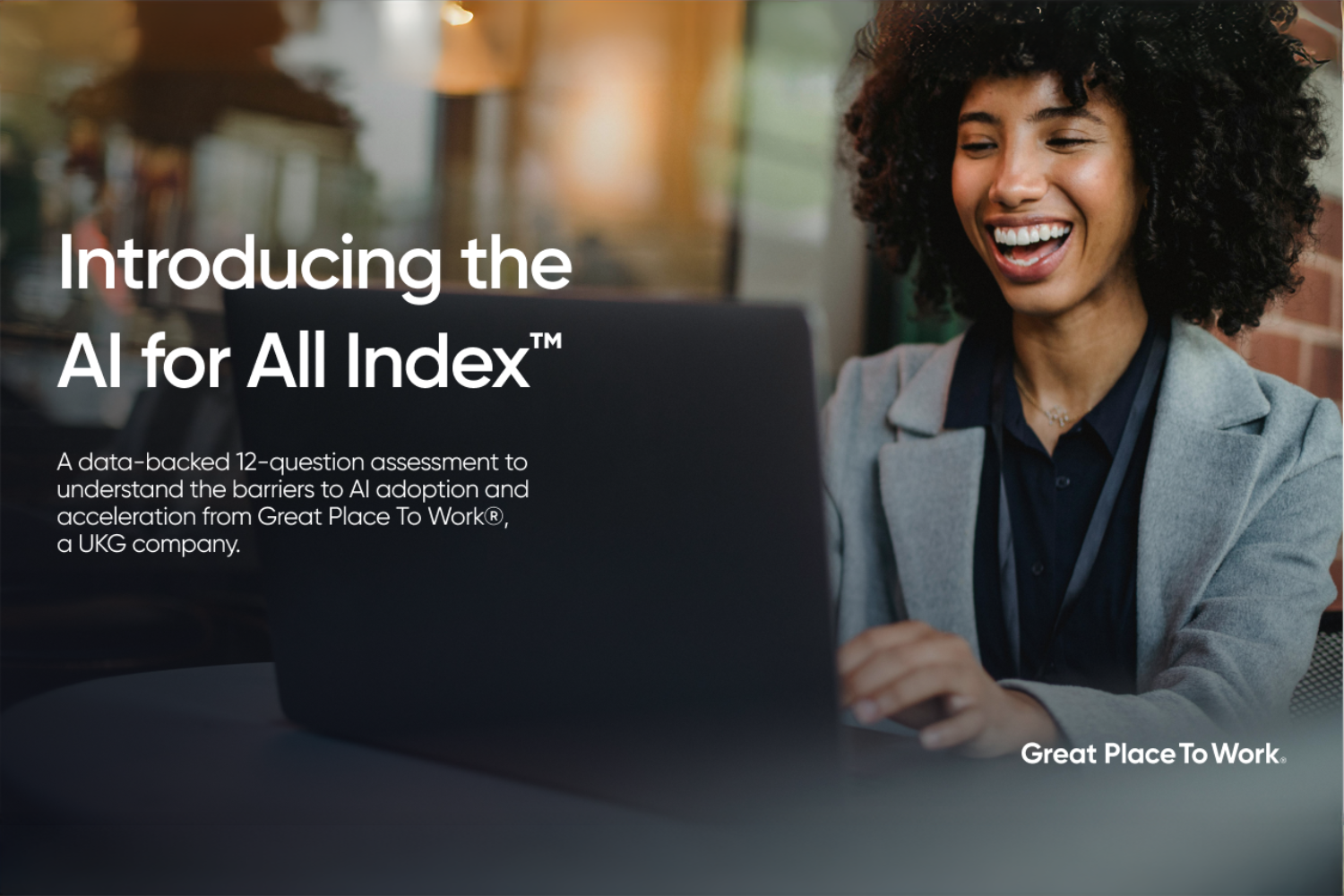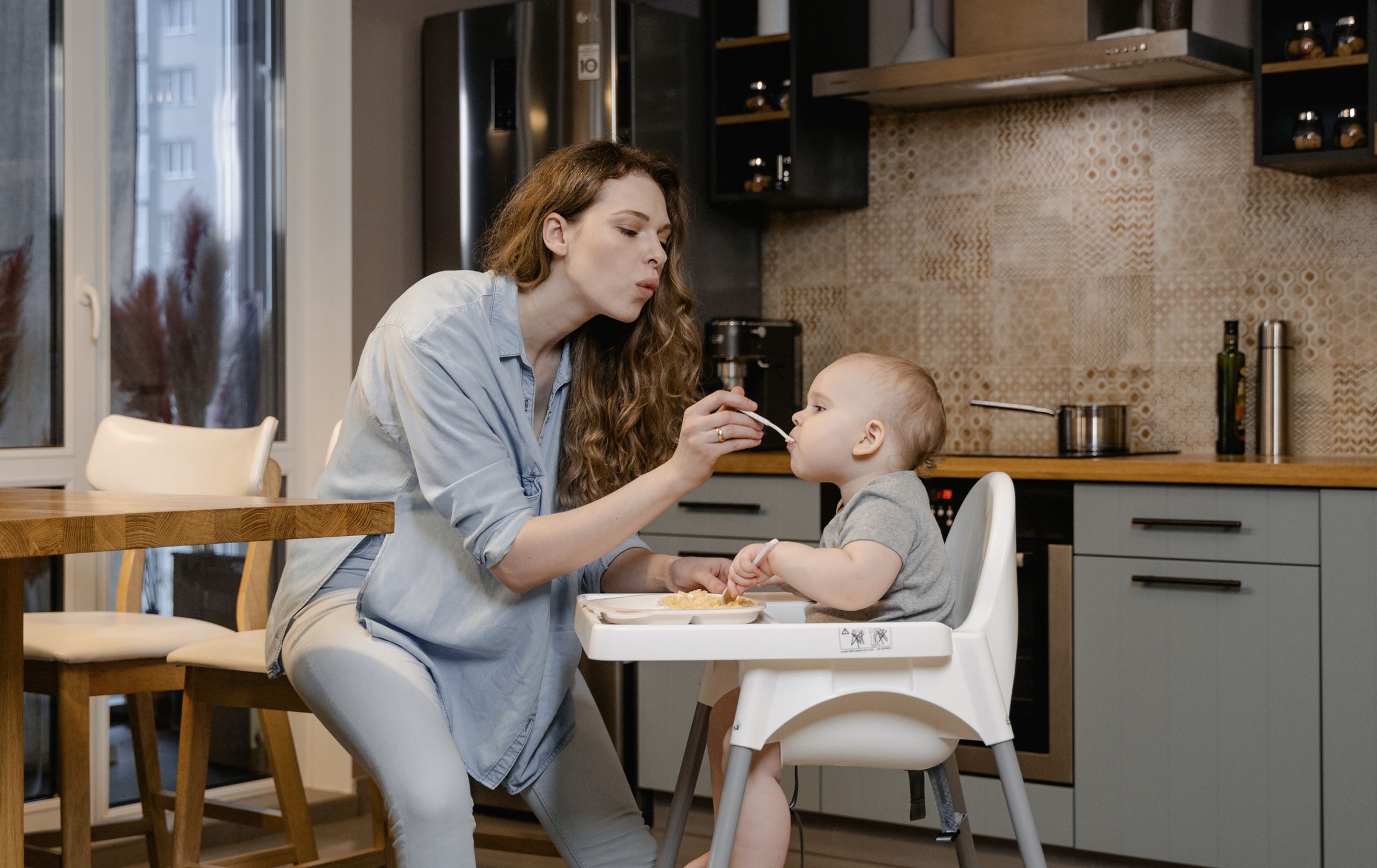Best Workplaces, Equity, Women in the Workplace
Building a great experience for women at work requires more than fair pay and promotions. They’re essential, but only part of the solution.
The focus on pay equity has grown in recent years, with more companies announcing programs to close the gender gap.
But achieving true gender parity — equal representation of men and women at all organizational levels — is still a long way off. At least 50 years, according to a sobering “Women in the Workplace 2024” report from McKinsey and LeanIn.org.
The slow pace of change tells us we need to broaden our understanding of equity beyond money alone.
“Fair pay, promotions, and unbiased hiring matter, but they are just the baseline, the bare minimum for building equitable workplaces,” says Michael C. Bush, CEO of Great Place To Work®. “To truly advance, we must do more. What kind of experience are you creating for women once they are working for you? That’s where we’ll make real progress.”
Leaders at the 2024 Fortune Best Workplaces for Women™ understand this and hold themselves to higher standards. They work hard every day to make sure women across all intersections feel valued, seen, and supported.
That commitment is reflected in their bottom line. At these winning workplaces:
- 91% of women want to work at their company for a long time — a 49% increase over women at typical workplaces
- 90% of women say people give extra to get the job done — a 53% increase over women at typical workplaces
- Nearly 90% (87%) feel that their work has special meaning — a 55% increase over women at typical workplaces
“Every person deserves to feel good about their work, be recognized for their contributions, and feel supported in their professional development, no matter their gender,” Bush says. “This should be the expectation, not the exception.”
Go beyond baseline expectations of fair pay and promotions
To build an equitable workplace for women, certain requirements must be met — pay equity, fair promotions, and unbiased recruiting and hiring.
At the Best Workplaces for Women, 81% of women feel that promotions go to those who best deserve them — an enormous 62% increase over women at typical workplaces where 50% of women feel promotions are fair. And 79% of women feel that pay is fair — a 52% increase over women at typical workplaces where just 52% of women feel promotions are fair.
But creating a great workplace for women requires more than meeting baseline expectations. Leaders at winning organizations make sure that women understand their purpose, are recognized for their efforts, see visible examples of other women succeeding, and have clear career paths supported by development and mentorship opportunities.
Women continue to face many obstacles at work, including getting passed over for leadership positions. The Women in the Workplace report points to the “broken rung” phenomenon, where women are less likely to get promoted to a manager position compared to men, which significantly impacts their career progression.
What kind of experience are you creating for women once they are working for you? That’s where we’ll make real progress. - Michael C. Bush
Employee resource groups (ERGs) are one way the Best Workplaces™ support, recognize and develop women in the workplace.
Both Stryker, No. 25 among large companies, and Robert Half, No. 24, have purposefully created multiple ERGs to attract, develop, and retain women.
The Stryker Women’s Network and Women in Science and Engineering ERGs have significantly contributed to a 34% increase in women vice presidents at the company, growing from 23% in 2020 to nearly 31% in 2023.
Similarly, Robert Half has multiple groups and programs to support women: an employee network group that empowers women and their allies, a program that supports growth and retention through mentorship, and a guest speaker series - most recently one focused on the unique challenges women-identifying people face in tech and IT.
ServiceNow, No. 52 among large companies, has made steady gains in the representation of women through its “Employee Belonging Groups,” cross-functional peer mentoring, and the “Diversity Executive Council,” to name a few programs. In 2023, nearly half of its new leadership hires in the U.S. were women.
Professional development helps with long-lasting gender parity gains, but it can’t happen without managers creating opportunities for women.
Both the McKinsey report and Deloitte's "Women @ Work 2024" report stress the role managers have in supporting women’s career advancement.
We see the impact on business when that happens.
Nearly 80% of women at the Best Workplaces for Women feel that their managers involve them in decisions, a 55% increase over women at typical workplaces. And when women are involved in decisions that affect them, they are 20% more likely to feel their work has purpose. Why is a sense of purpose so important? It makes retention 2.5 times, or 150%, more likely.
Recognize achievements
Opportunities for special recognition are another powerful way to improve workplace experience for women. When women employees feel everyone has an opportunity for special recognition, they are 60% more likely to put in extra effort.
Nearly 9 out of 10 of women (86%) at the Best Workplaces for Women feel that everyone has an opportunity for special recognition, a 54% increase over typical workplaces where only 56% of women feel everyone gets special recognition opportunities.
Baird, No. 41 among the large companies, creates internal opportunities to promote women’s voices and perspectives. Its “Breakthrough Masters” program connects high-performing women with senior leaders who share their knowledge, expertise, and support to help plan and achieve professional goals. The company also offers mentoring programs for women and people of color.
Externally, the WomenAtBaird.com microsite features articles targeted to female clients and recruits, a podcast series highlighting the experiences of Baird women, and stories showcasing “women making Baird great.”
Get recognized for your culture
Gain accolades for your workplace environment and attract top talent who share your values.











